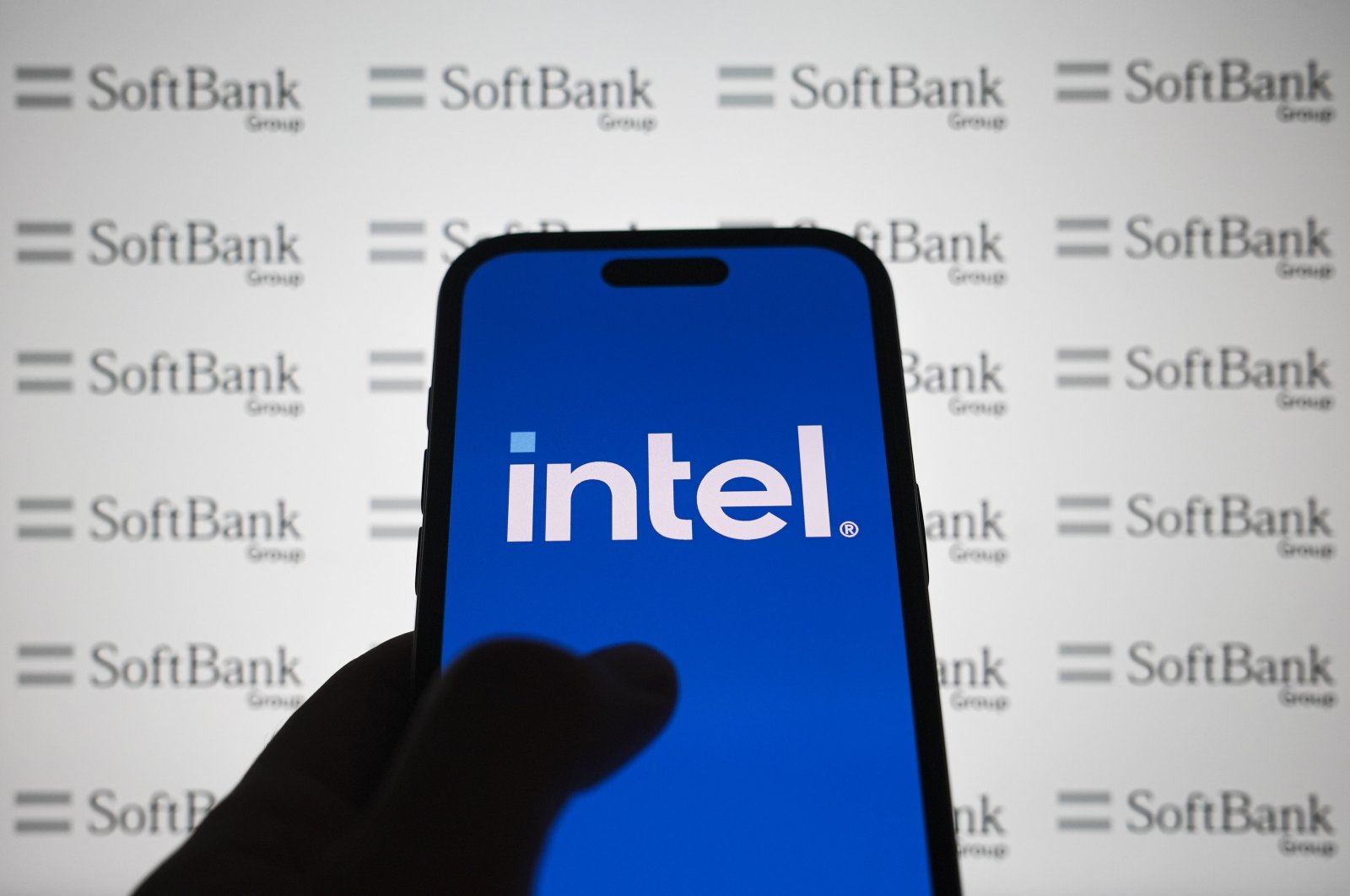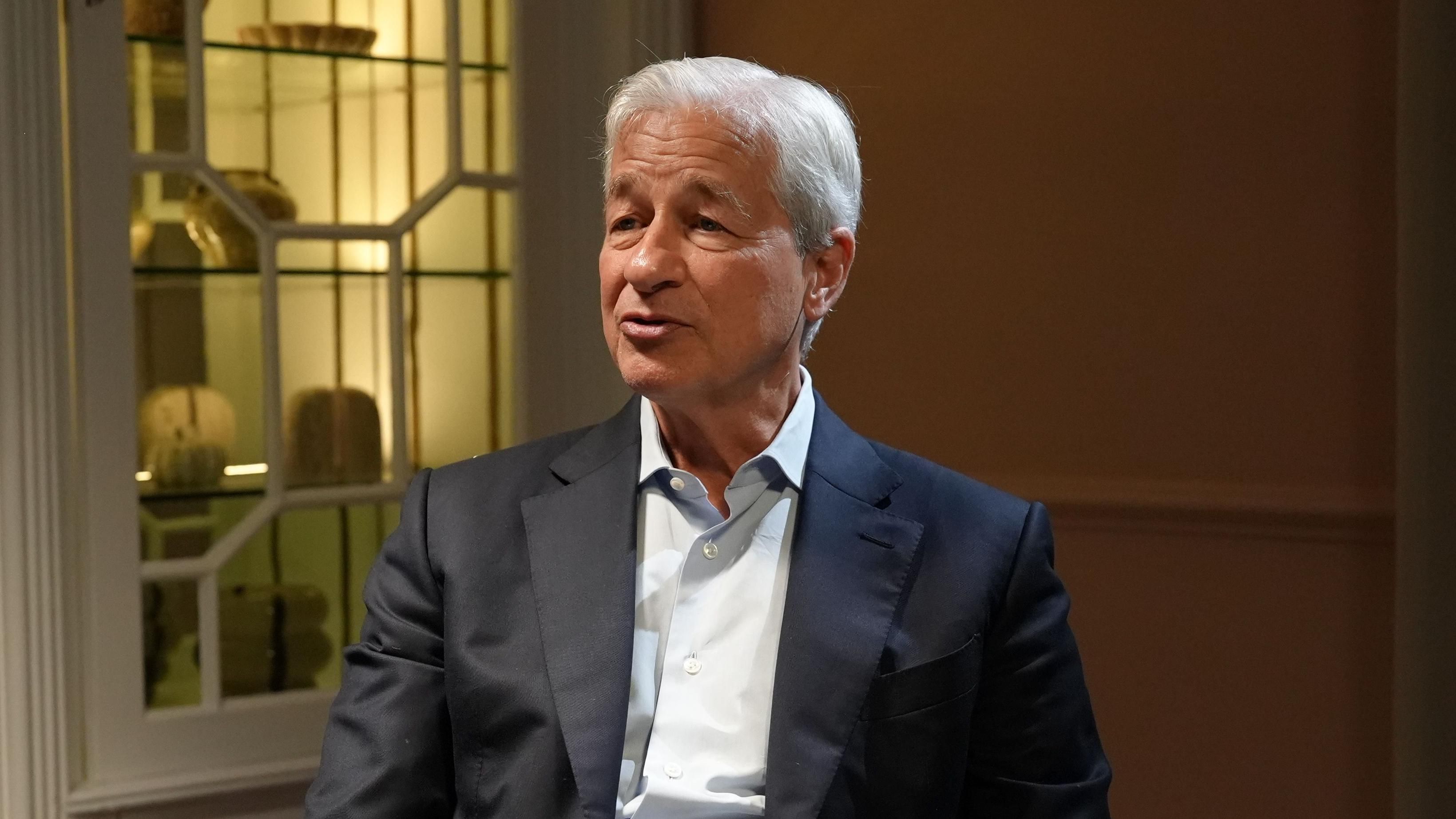In a recent development emphasizing the continuous transformations within the worldwide technology scene, SoftBank has revealed intentions to invest $2 billion into Intel. This major financial commitment underscores the increasing significance of advancements in semiconductor technology and the strategic alliances emerging within the tech sector to ensure future development. For Intel, this support arrives at a pivotal moment as the firm aims to broaden its impact in cutting-edge chip production and sustain its competitive edge against competitors in an industry that is becoming ever more vital to maintaining global economic equilibrium.
Intel has long been a cornerstone of the semiconductor industry, but in recent years, it has faced mounting challenges. Competitors such as AMD, NVIDIA, and Taiwan Semiconductor Manufacturing Company (TSMC) have gained momentum, capitalizing on surging demand for chips used in everything from artificial intelligence to cloud computing and automotive technologies. By securing a major investment from SoftBank, Intel aims to strengthen its position in this competitive arena, accelerating research, development, and manufacturing capabilities at a time when chips are in unprecedented demand worldwide.
SoftBank’s decision to allocate such a substantial sum is consistent with its broader investment strategy. The Japanese conglomerate, led by Masayoshi Son, has built a reputation for targeting high-potential companies in the tech sector, often taking bold stakes in businesses that are expected to play pivotal roles in shaping future innovation. Its investment portfolio includes companies across artificial intelligence, robotics, telecommunications, and biotechnology. By adding Intel to its growing list of strategic partners, SoftBank is signaling confidence in the semiconductor giant’s ability to play a leading role in the next phase of global technology infrastructure.
The $2 billion injection is not merely a financial transaction; it represents a mutual alignment of vision. Intel has articulated ambitious plans to expand its manufacturing presence, including significant investments in new fabrication plants in the United States and Europe. These facilities are intended to support global demand and reduce dependency on Asia’s dominant chipmakers. SoftBank’s funding will likely provide the necessary capital to expedite these projects, giving Intel the flexibility to scale production and strengthen supply chain resilience.
This collaboration carries wider geopolitical consequences. Recently, semiconductors have become a vital factor for national defense, with nations globally focusing on local chip production to mitigate risks of supply chain interruptions. Specifically, the United States has stressed the necessity of revitalizing its semiconductor production capabilities, and Intel’s growth initiatives are in strong alignment with this goal. Through SoftBank’s funding, Intel is now more equipped to compete internationally and support the U.S. plan to reclaim technological autonomy in this essential field.
For SoftBank, the investment represents an opportunity to secure a stake in one of the most vital industries of the modern economy. Chips are the foundation of virtually every digital innovation—from artificial intelligence and quantum computing to autonomous vehicles and smart infrastructure. By aligning with Intel, SoftBank is not only diversifying its investment portfolio but also ensuring its participation in a sector that will define technological leadership in the coming decades.
The financial markets are keeping a close eye on this, as it could indicate future trends in investments. Institutional investors frequently regard SoftBank’s actions as representative of long-term prospects, considering the company’s history of investing in groundbreaking technologies early on. Should Intel effectively utilize the new funding to regain traction, it might represent a pivotal moment for the company and restore investor trust.
At the same time, challenges remain. Intel must navigate intense competition, technological hurdles, and the high costs associated with scaling manufacturing capacity. While the SoftBank investment provides critical support, success will depend on Intel’s ability to execute its ambitious roadmap and deliver breakthroughs in areas like advanced process nodes, AI-optimized chips, and energy-efficient architectures.
SoftBank’s $2 billion commitment to Intel illustrates the convergence of financial strategy, technological ambition, and geopolitical necessity. It is a partnership that reflects the central role semiconductors play in shaping the future of the global economy. For Intel, the investment is both a vote of confidence and a mandate to accelerate innovation. For SoftBank, it is another bold step in securing its place at the forefront of technological transformation. Together, the collaboration highlights how capital and innovation intersect in the pursuit of global leadership in one of the world’s most critical industries.







